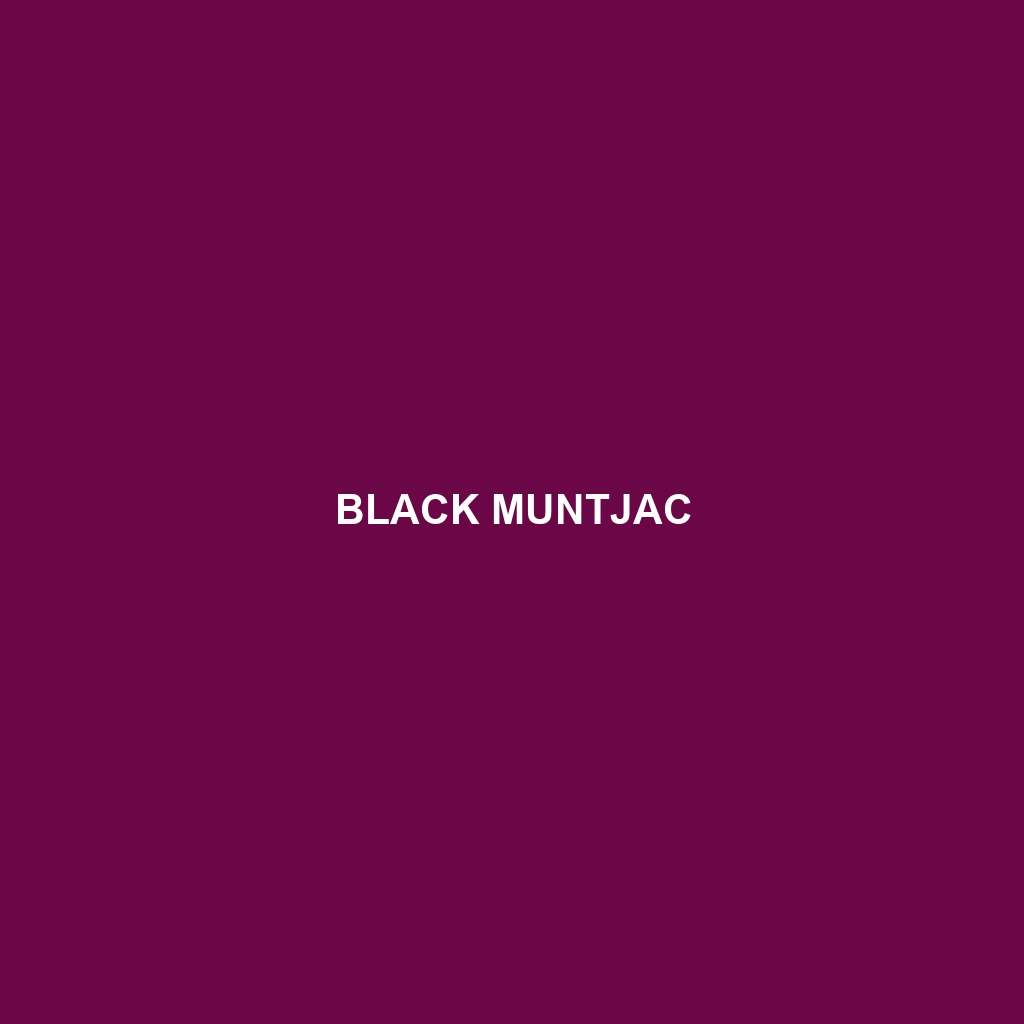Himalayan Red Muntjac
Common Name: Himalayan Red Muntjac
Scientific Name: Muntiacus vaginalis
Habitat
The Himalayan Red Muntjac, also known as the barking deer, is primarily found in the dense forests of the Himalayas, particularly in regions spanning from Nepal, India, and Bhutan to parts of northern Myanmar. This species prefers subtropical and temperate broadleaf forests, favoring areas with abundant vegetation and ample shrub cover, which helps them camouflage from predators.
Physical Characteristics
The Himalayan Red Muntjac is a relatively small deer species, typically measuring about 60–100 cm in length and standing about 50–75 cm tall at the shoulder. Their fur is characterized by a distinct rich reddish-brown coloration, providing camouflage in their forest habitat. Notable physical features include a short face with large, expressive eyes and elongated canines that protrude from their lower jaw, giving them a unique appearance among deer species.
Behavior
Himalayan Red Muntjacs are primarily crepuscular, meaning they are most active during dawn and dusk. They are known for their vocalizations, which resemble barks, and they often communicate through various calls to signal alarms or establish territory. Their solitary nature is characteristic, although they may be seen in small groups, especially during mating season. These deer are also adept climbers and can navigate steep, rugged terrains within their mountainous habitat.
Diet
The diet of the Himalayan Red Muntjac is herbivorous, consisting mainly of leaves, fruits, and shoots. They are selective feeders, often foraging on young plants and shrubs, which are abundant in their forested surroundings. Their feeding habits play a critical role in shaping the vegetation structure of their habitat, ensuring the growth of diverse plant species.
Reproduction
Himalayan Red Muntjacs breed year-round, although peak mating activity often occurs in the fall and spring. After a gestation period of approximately seven months, females typically give birth to a single fawn. The fawns are concealed in dense vegetation for protection from predators and remain dependent on their mothers for nourishment for several months. Maternal care is crucial during this early stage of life, as it ensures the survival of the young.
Conservation Status
The current conservation status of the Himalayan Red Muntjac is classified as ‘Least Concern’ by the International Union for Conservation of Nature (IUCN). However, habitat loss and poaching pose ongoing threats to its population in certain areas, necessitating continued conservation efforts to maintain viable populations in the wild.
Interesting Facts
One fascinating aspect of the Himalayan Red Muntjac is its ability to produce a distinctive ‘bark’ sound, which is unique among deer species. They are also known for their peculiar antler development, which is quite minimalist compared to other deer. Instead of large antlers, males possess small, unbranched antlers that often go unnoticed due to their short stature.
Role in Ecosystem
The Himalayan Red Muntjac plays a vital role in its ecosystem by acting as both a herbivore and prey species. By feeding on a variety of plant matter, they contribute to seed dispersal and vegetation dynamics. Additionally, they serve as prey for larger carnivores, helping maintain the balance of the food chain within their mountainous habitats.
